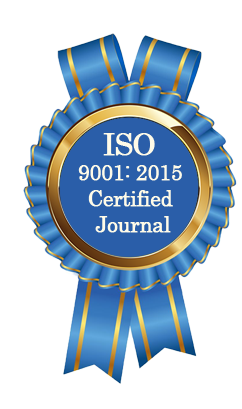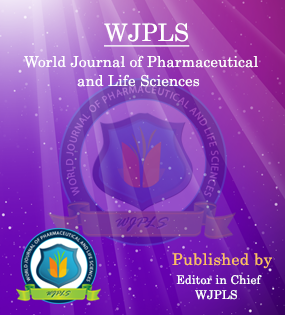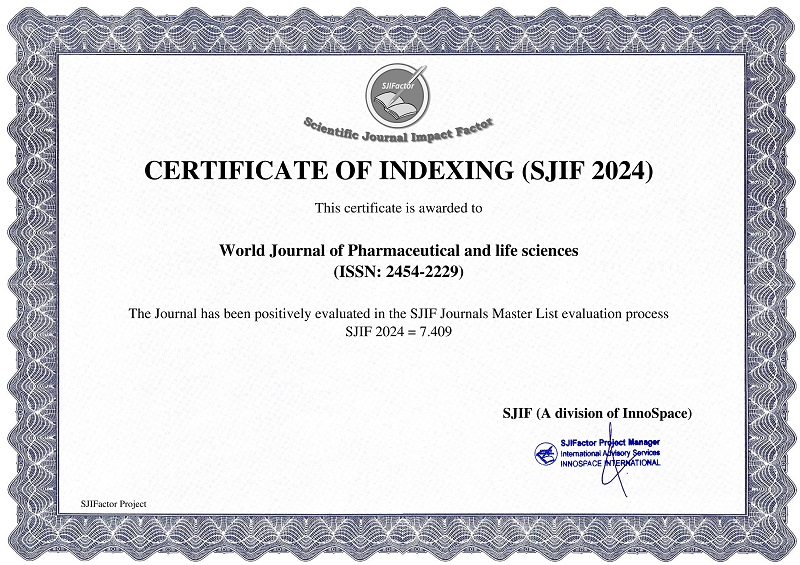Abstract
POLYCYSTIC OVARY SYNDROME (PCOS) – A REVIEW
Ritu Kainth*, Gurneet Kaur and Baljeet Kaur
ABSTRACT
Polycystic ovary syndrome (PCOS) is a heterogeneous condition which is related to an endocrine reproductive disorder of females. It affects females of 18–44 ages. Women with polycystic ovarian syndrome (PCOS) have abnormalities in the metabolism of androgens and estrogen and in the control of androgen production. PCOS can result from abnormal function of the hypothalamic-pituitary-ovarian (HPO) axis. The clinical presentation of polycystic ovary syndrome is widely variable, with complaints encompassing oligomenorrhea, infertility, obesity, hirsutism, endometrial cancer, and diabetes. The persistent hormonal disbalance leads to the complexities such as numerous cysts, an irregular menstrual cycle that ultimately leads to infertility among females. Many candidate genes have been identified to be one of the causes of PCOS. Different studies have been carried out to find the genetic correlation of PCOS. It is essential to carry out such studies that identify the clear cause of PCOS and its genetic association and hormonal disbalance. Androgen excess has been implicated as a distinct risk factor, with several studies showing circulating androgen burden to correlate closely with surrogate markers of metabolic risk, independent of body mass index (BMI). PCOS is also a common and treatable cause of infertility. This review has highlighted different genes and their correlation with PCOS that leads to hormonal disbalance. Yet not in-depth but an attempt to study the genetic predisposition of PCOS.
[Full Text Article] [Download Certificate]WJPLS CITATION 
| All | Since 2020 | |
| Citation | 590 | 424 |
| h-index | 12 | 10 |
| i10-index | 17 | 14 |
INDEXING
NEWS & UPDATION
BEST ARTICLE AWARDS
World Journal of Pharmaceutical and life sciences is giving Best Article Award in every Issue for Best Article and Issue Certificate of Appreciation to the Authors to promote research activity of scholar.
Best Article of current issue
Download Article : Click here





